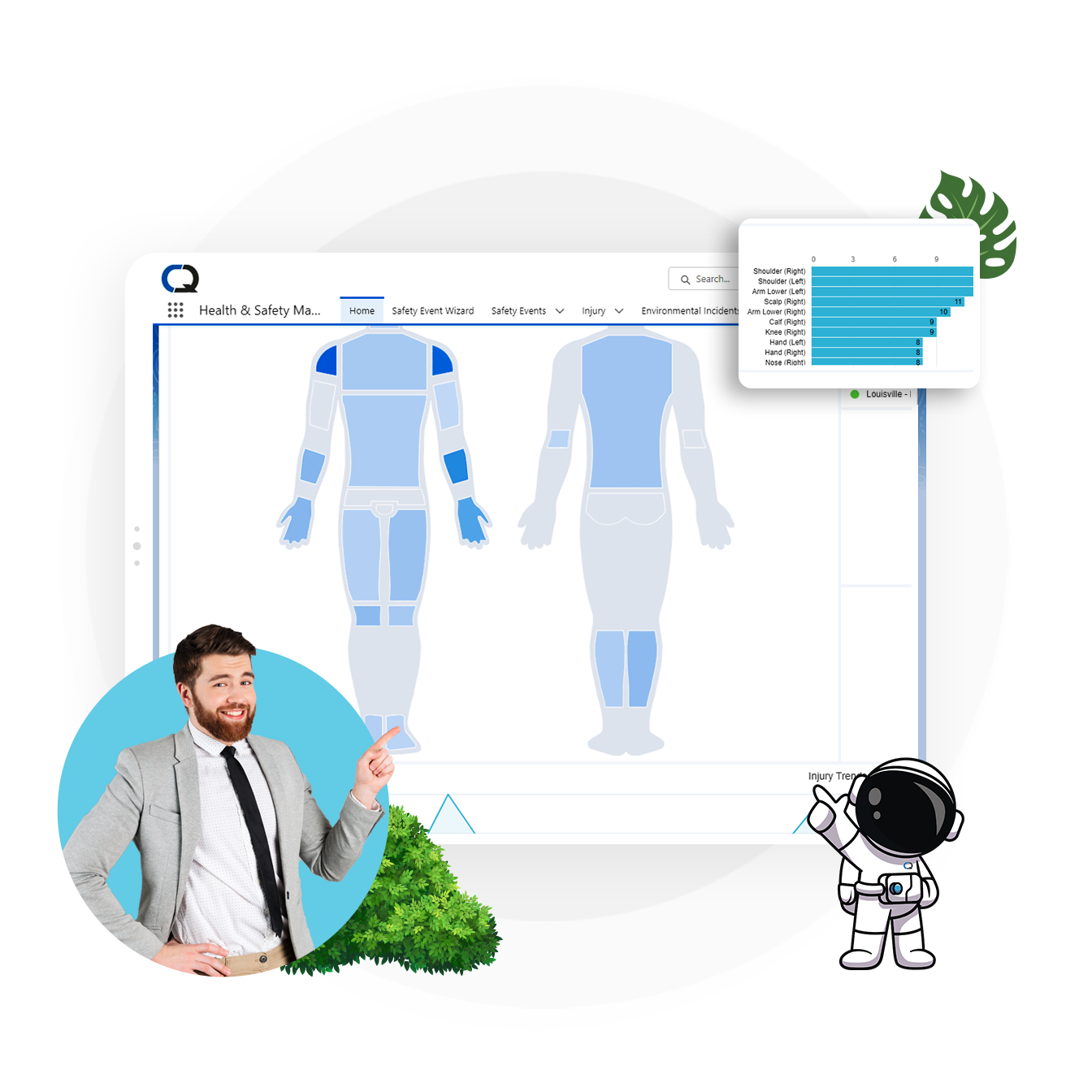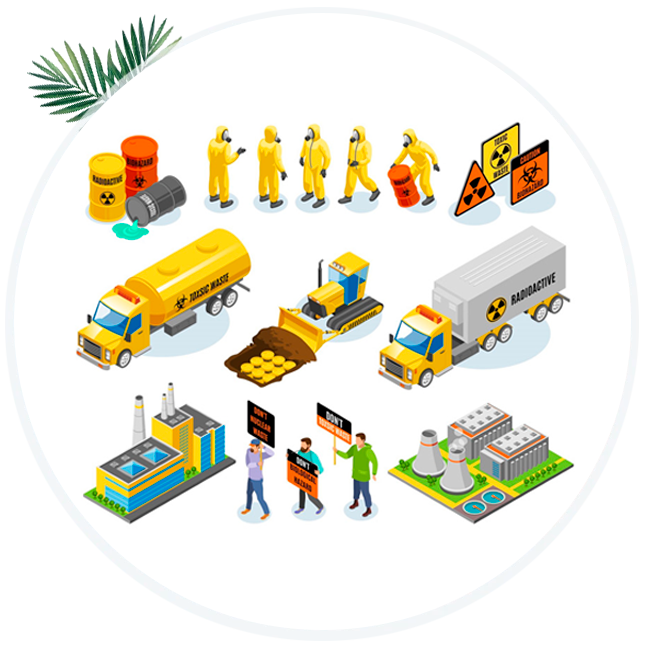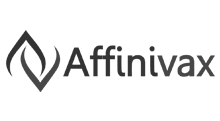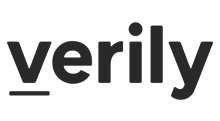What is OSHA Compliance?
OSHA compliance involves implementing measures to ensure the safety and health of workers in the workplace. OSHA compliance includes identifying and addressing workplace hazards, providing necessary training and education, maintaining accurate records, and following specific requirements for safety equipment, hazard communication, emergency planning, and more. OSHA compliance aims to create a safe working environment, prevent workplace accidents and injuries, and comply with legal obligations. It helps protect the well-being of employees, minimizes financial and legal risks for organizations, and promotes a safety culture.
Request an Online Demo








































